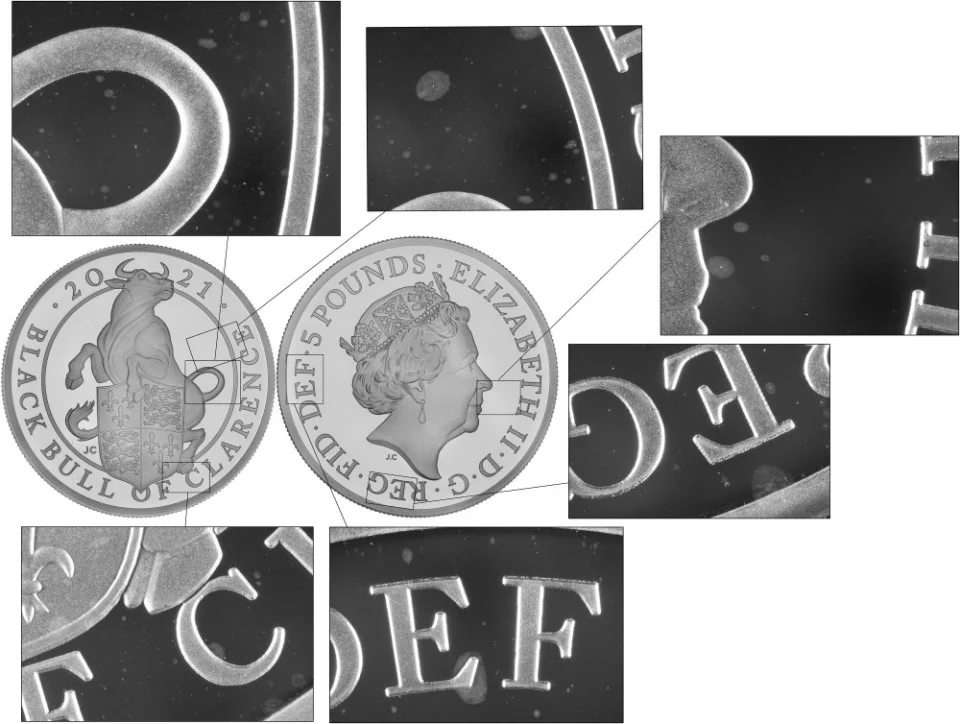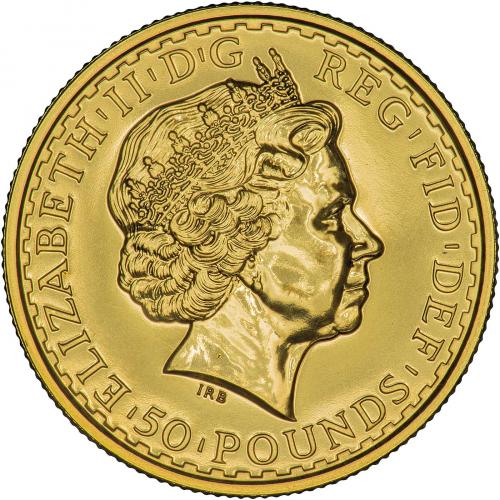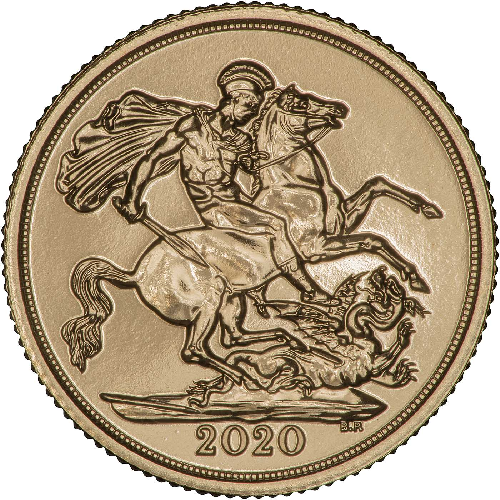Understanding Consumer and Industrial Demand For Gold
Synopsis
Gold is a highly prized metal that has been used for currency, jewelry, and decorative objects for thousands of years. Its demand is driven by its use in jewelry and fashion, as well as its unique properties that make it useful in various industries. Factors that influence the supply and demand for gold include political and economic instability, the discovery and mining of new deposits, and changes in the value of currencies.

Introduction
Gold is a metallic element that has long captivated the human imagination with its luster and rarity. With the atomic number 79 and the symbol Au, gold is a soft, yellow, dense metal that is prized for its beauty and versatility. Throughout history, gold has been used for currency, jewelry, and decorative objects, and it continues to be a popular choice for these purposes today. In this article, we will delve into the consumer and industrial demand for gold, as well as the factors that influence its supply and demand.
Consumer Demand for Gold
The use of gold in jewelry and fashion drives consumer demand for the precious metal. Gold has long been a traditional material for engagement rings, wedding bands, and other types of jewelry, and it is often associated with luxury and status. In addition to its use in traditional jewelry, gold is also incorporated into a range of modern fashion items, such as watches, sunglasses, and clothing accessories. These items serve as stylish and distinctive additions to any outfit, making them highly sought after by fashion-conscious consumers.
There are several factors that can influence consumer demand for gold. One of the most important is cultural traditions. In many cultures, gold is seen as a symbol of wealth, prosperity, and good fortune, and it is often given as a gift to mark special occasions, such as weddings and birthdays. Economic conditions also play a role in consumer demand for gold. During times of economic uncertainty or instability, some individuals may choose to invest in gold as a way to preserve their wealth.
Industrial Demand for Gold
Gold's unique properties make it highly sought after for use in a variety of industrial applications. Its excellent conductivity makes it ideal for use in electronics, such as smartphones and computers. Gold is also non-toxic and non-irritating, making it suitable for use in dentistry and other medical fields. In addition to these uses, gold is also utilized in the aerospace, defense, and chemical industries.
There are several factors that can influence industrial demand for gold. Technological advancement is a key factor, as new technologies often require new materials or improved versions of existing materials. Gold may be chosen for these purposes due to its unique properties or because it is cost-effective compared to other materials. Economic conditions can also affect industrial demand for gold. During times of economic growth, there may be increased demand for gold in various industries as companies invest in new technologies and expansion.
Factors Affecting the Supply and Demand for Gold
Political and economic instability can significantly impact the supply and demand for gold. During times of war or political upheaval, gold may be seen as a safe haven asset, and demand for it may increase. Conversely, in times of stability and prosperity, demand for gold may decrease as individuals are more willing to take risks with their investments.
The discovery and mining of new gold deposits can also affect the supply and demand for gold. If new deposits are discovered, the supply of gold may increase, potentially leading to a decrease in the price. On the other hand, if there are fewer new deposits being discovered, the supply of gold may decrease, potentially resulting in an increase in the price.
Finally, changes in the value of currencies can also impact the supply and demand for gold. If a particular currency is losing value, people may turn to gold as a way to preserve their wealth. On the other hand, if a currency is gaining value, demand for gold may decrease as people feel more confident about the stability of their wealth.
Conclusion
In conclusion, consumer and industrial demand for gold are influenced by a variety of factors, including cultural traditions, technological advancements, and economic conditions. The supply and demand for gold can also be affected by political and economic instability, the discovery and mining of new deposits, and changes in the value of currencies. By understanding these factors, we can better understand the role that gold plays in our economy and the allure that it holds for so many people around the world.
Related Blog Articles
This guide and its content is copyright of Chard (1964) Ltd - © Chard (1964) Ltd 2024. All rights reserved. Any redistribution or reproduction of part or all of the contents in any form is prohibited.
We are not financial advisers and we would always recommend that you consult with one prior to making any investment decision.
You can read more about copyright or our advice disclaimer on these links.





















